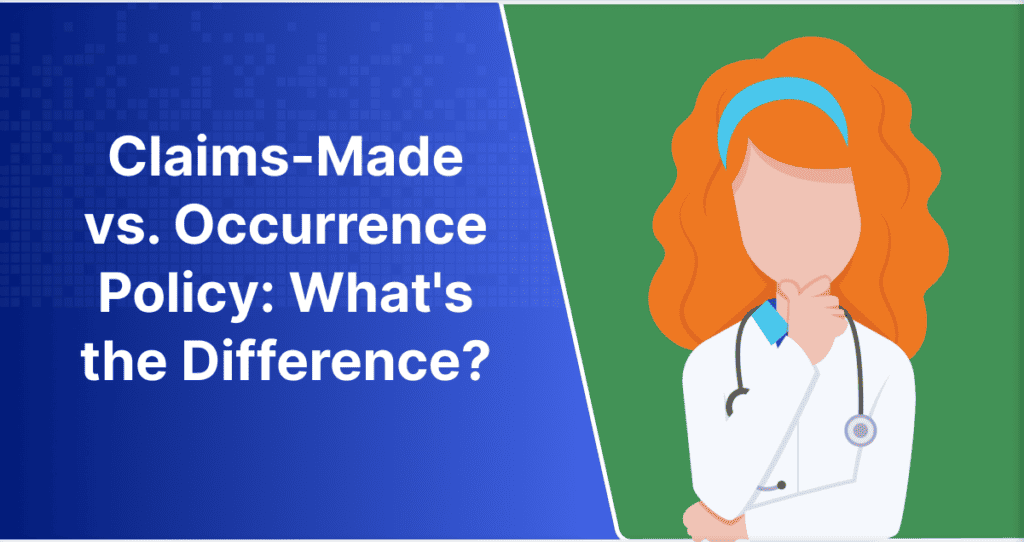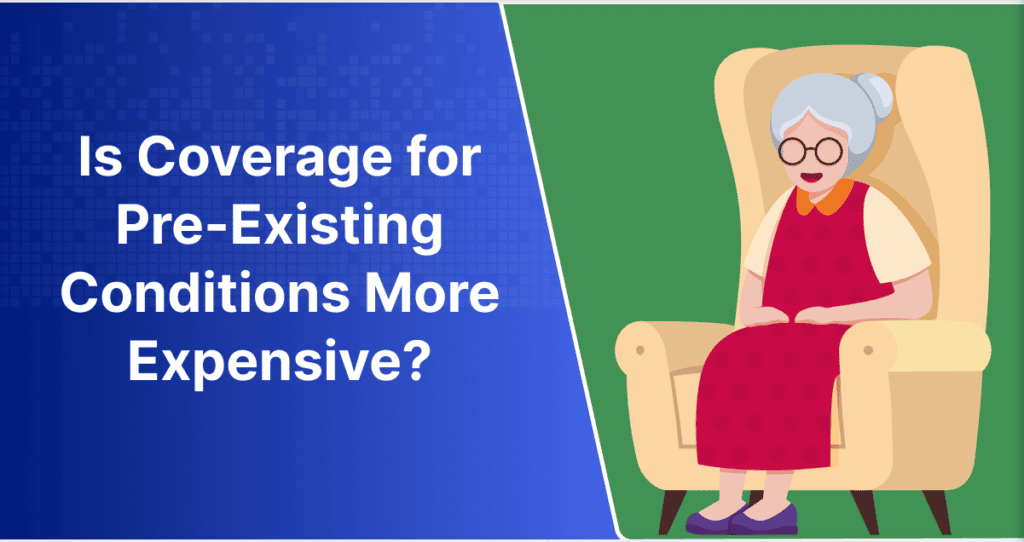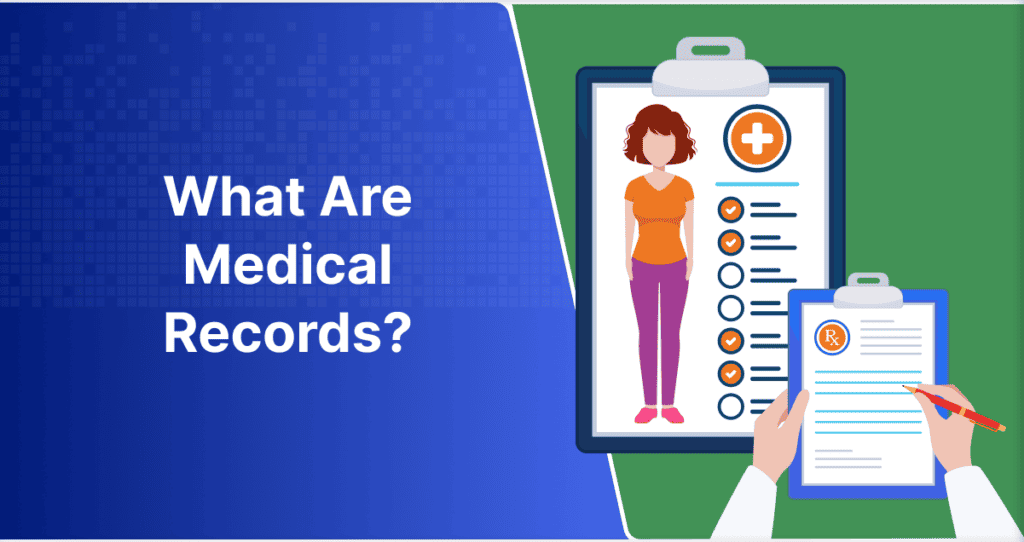Medical records contain personal information that hackers and identity thieves want. As such, it is the responsibility of all who interact with protected health information (PHI) to make sure it’s secure.
The regulations set by the Health Insurance Portability and Accountability Act (HIPAA) and the HITECH Act aim to ensure that PHI is secure. These constraints regulate not only the safe storage of medical records but also the safe exchange.
HHS wrote HIPAA to create a baseline of standards. They designed it to be flexible to accommodate healthcare organizations of all sizes. While there are guidelines that must be followed, there is no mandatory method of releasing medical records.
While there’s no single right way to release medical records, there are wrong ways. Using potentially unsafe methods increases the risk of HIPAA violation, which can include hefty financial penalties.
For years, medical workers have used all sorts of methods of releasing information, and some have been fined for it. While major updates are infrequent, healthcare professionals must always stay up-to-date on the latest news for continued compliance.
Do you know which of the following methods of release are HIPAA compliant?
- Text
- Fax
This is a difficult question to answer with a simple yes or no. There are a lot of variables with expensive penalties following a breach, and sometimes no way to know there’s an issue until it’s too late.
Fortunately, there’s a better option.
WHAT IS MEDICAL RECORDS RELEASE SOFTWARE?
Medical records release software is designed to facilitate the secure exchange of medical records and other personal identifiable information (PII). Companies that specialize in health information exchange (HIE) should always be up-to-date with the latest HIPAA compliance requirements.
While standard methods of release can vary in terms of compliance and security, medical records release software aims to standardize the process in the safest way possible. While developing the ChartRequest platform, we considered common causes of HIPAA violations and worked to counter them.
The result is a centralized repository of every single incoming and outgoing medical records request. Once a healthcare client completes the onboarding process, it’s quick and easy to invite your staff to join the organization.
WHAT TO CONSIDER WHEN SEEKING A MEDICAL RECORDS RELEASE SOLUTION
If you’ve found your way to this article, chances are you’re not pleased with your current release of information process. Whether you have no ROI software integrated into your practice or you’re using one that doesn’t put you first, we’re here to help.
When choosing your new medical records release solution, you should measure twice and cut once. Do some research before you make your decision, and look into the following factors:
- Is the platform HIPAA compliant? If the answer is no, that’s an immediate deal-breaker. Not only should the company adhere to the bare minimum, but they should make an active effort to stay up-to-date on the latest rulings and work to safeguard protected health information to the best of their ability.
- Can you use your own staff? Some of the leading software options require you to outsource the release of information to their staff.
- How quick is the turnaround? A major benefit of using high-quality software is speeding up the health information exchange process on both ends.
- Does the platform allow only requests from other medical professionals? Empowering patients to take a more active role in their healthcare can motivate them to improve their health.
WHAT INFORMATION DO YOU NEED BEFORE YOU SET UP ROI SOFTWARE?
Before onboarding with your selected medical records release software, you should collect some information. By entering the process prepared, you can save yourself time down the line and speed up the onboarding process.
Some questions you should answer include:
- How many requests does your practice receive every month? This can be a rough estimate, but having a general number in mind will help you determine the best option.
- How many employees currently process medical records requests? Generally speaking, organizations with more staff to handle the release of information are less likely to be overwhelmed by incoming requests.
- How do you currently release medical records?
Additionally, you should be sure to have all relevant organizational information readily available when creating your account.
WHAT DOES THE ONBOARDING PROCESS LOOK LIKE?
Onboarding with ChartRequest’s Self-Service subscription is fast and easy. There are only a few brief steps before we can set up your release custodian account. These steps do not need to be completed in a specific order.
- Create your account. Signing up with ChartRequest is quick and easy. Once you finish setting up your account, a member of our team will verify your information.
- Fill out our onboarding form. This form will request information specific to setting up your custodian account with the necessary details to release medical records.
- Schedule a software demo. This gives you an opportunity to see how the platform works and provides a chance to ask our experts questions.
- Create a ChartRequest button on your website. This helps requestors quickly navigate to your ChartRequest portal.
From the first step of onboarding, most custodian accounts are ready to go after 10-14 days. Once your organization is onboarded, it will take additional time for people to adapt to your new HIE workflow.
Once you’re ready, consider the following methods:
- Send a text/email blast. You likely have a list of contact information for patients who have consented to receiving messages via text and/or email. This exciting transition is a great opportunity to utilize these channels.
- Create a pre recorded telephone message. If your preferred method of accepting requests isn’t immediately clear on your website, most requestors will call to ask.
- Place fliers around your office to inform and remind your patients of the change.
HOW DOES THIS CHANGE AFFECT YOUR PATIENT REQUESTORS?
A single patient account can function as a repository of medical records and forms for multiple people. Our platform lets patients save medical record release authorization forms for each individual.
Once a patient has created their ChartRequest account, they can create their first request. In addition to medical records, patients can request school, camp, and disability forms with ease. From start to finish, creating a request generally takes just a few minutes.
Once a request is created, patients can check which stage of the process their request is in at any time. These updates are in real-time and can be accessed via any secure mobile device or computer.
If further questions arise, they can use the provider chat function built-in to each request. This allows them to skip the phone calls, which saves you time too!
ChartRequest will automatically keep released records on file for 30 days for the patient, at which point they will be deleted. Until this point, they can be downloaded anytime. Users should always handle downloaded records carefully, and we offer a solution.
If a patient would like to maintain their records indefinitely, they can check out Subscribe and Share. This also allows unlimited sharing, which empowers patients to provide their doctors with medical records anytime.
Each of these quality-of-life improvements helps patients get quicker, more accurate care. With the potentially serious results of medical errors, it should be a priority to break down the data silos that block information sharing.
HOW DOES THIS CHANGE AFFECT YOUR LEGAL REQUESTORS?
For legal professionals, the simplest way to obtain essential medical records is to submit a request with a signed authorization from the patient. It can be frustrating trying to wrangle these forms from every client, however.
With ChartRequest, legal professionals can send digital authorization forms for patients to electronically sign and return via text or email.
Requests take just a few minutes to submit once the patient signs and returns the required authorization form. Like patient users, legal professionals can skip phone calls by checking for real-time status updates and using the provider chat.
Legal professionals can also request additional services from your listed offerings, such as notarization and record verification. Law firms that regularly need these additional services can upgrade to CaseBinderPro for access to our Designated Provider Network.
The Designated Provider Network is a group of medical professionals who can offer even more bundled and ad-hoc services. These services can include:
- Medical Malpractice Case Review
- Prepare and serve as a Medical Expert Witness
- Independent Medical Examinations
- Care Coordination advice
- General advice and assistance
With savings on medical records retrieval costs reaching up to 50% with CaseBinderPro, our network of legal professionals is growing. By signing up for ChartRequest now, you can prepare to accept requests from a large demographic faster.
HOW DOES THIS CHANGE AFFECT YOUR MEDICAL STAFF?
Your staff must constantly keep up with incoming medical records requests to avoid HIPAA violations. Healthcare providers are required by HIPAA to respond to medical records requests within 30 days of receiving the request. Some state deadlines are even shorter.
Once a records request has arrived with ChartRequest, your team can begin working through the seven stages of our release process. These stages include:
- Draft: All new requests are created as a draft, which has not yet been submitted.
- Pending: New requests submitted to your office are pending until your team can verify that the authorization form and information provided are correct.
- Incomplete: Incorrect and incomplete requests should be returned for correction.
- QA: Once your team retrieves the requested records, they’re slated for a quality assurance review.
- Priced: Once verified, the records are priced for release for your requestor.
- Ordered: Once payment is received, the records will be automatically released.
- Completed: The request has been fulfilled and the records delivered.
With this 7-step process, your team can release medical records faster and more accurately. It’s easy to keep track of how long your staff has left to respond to requests.
Additionally, this centralized approach allows each member of your team to pick up where the last left off. To protect your organization, we keep track of every single interaction with each request with our automated audit log.
THE BENEFITS OF USING YOUR OWN STAFF TO RELEASE MEDICAL RECORDS
Not all medical records release software options allow healthcare professionals to use their platform to release medical records in-house. While outsourcing the entire task to professionals is a great option, it shouldn’t be the only option.
ChartRequest was developed for healthcare organizations of all sizes. Our healthcare partners range from small, single-provider offices to urgent care centers with multiple locations. We understand that medical specializations and the number of patients, employees, and physicians impact how many medical records requests your practice receives.
If your practice doesn’t receive many requests, the time investment of using ChartRequest to process them should be low. If this is the case, using our platform for in-house medical records release is the more cost-effective option.
Once your Self-Service subscription is active and your team is integrated, you can enjoy faster turnaround times and quicker releases. Additionally, ChartRequest helps make HIPAA compliance easy throughout the entire process.
HIPAA penalties can cost your organization outrageous amounts of money, especially for long-lasting issues. Not all cases of HIPAA violations involve a sudden breach of protected health information. Noncompliant methods of communication and health information exchange are often penalized by the duration of noncompliance once it’s discovered.
On top of protecting your organization, you can save valuable administrative hours. Including phone calls made for status updates, healthcare users can save up to 2 hours per request. With that time, your team can focus on what matters most, providing the best care possible.
MAINTAINING HIPAA COMPLIANCE WHILE USING ROI SOFTWARE
While using a health information exchange software platform like ChartRequest will help you maintain HIPAA compliance, you must stay vigilant. We highly recommend only processing requests within the platform, and we provide a Workflow Toolkit to help you direct fax and walk-in requests to ChartRequest.
As is standard practice, do not share your account login information with anybody. You can invite people to join your organization, which creates unique accounts tied to each user. If somebody makes an error on your account, HHS may question you.
If you are handling the double-QA process in-house, be sure that the records adhere to the “Minimum Necessary” standard. This states that you should only release the records necessary to fulfill a request. If a patient requests medical records pertaining to a foot injury from 2017, you should omit both visits from other years and visits for other issues.
If you don’t wish to handle the double-QA process in-house, you can have our HIPAA professionals do it for you. With a full-service plan, our team will fully automate your medical records release process.








